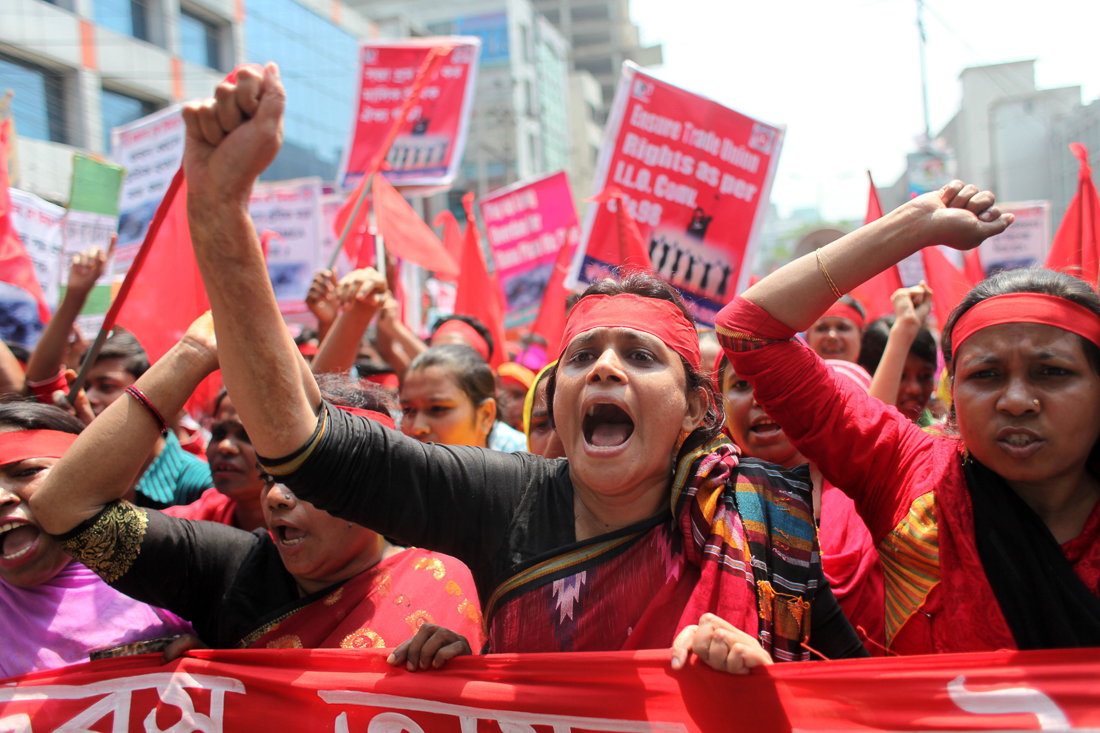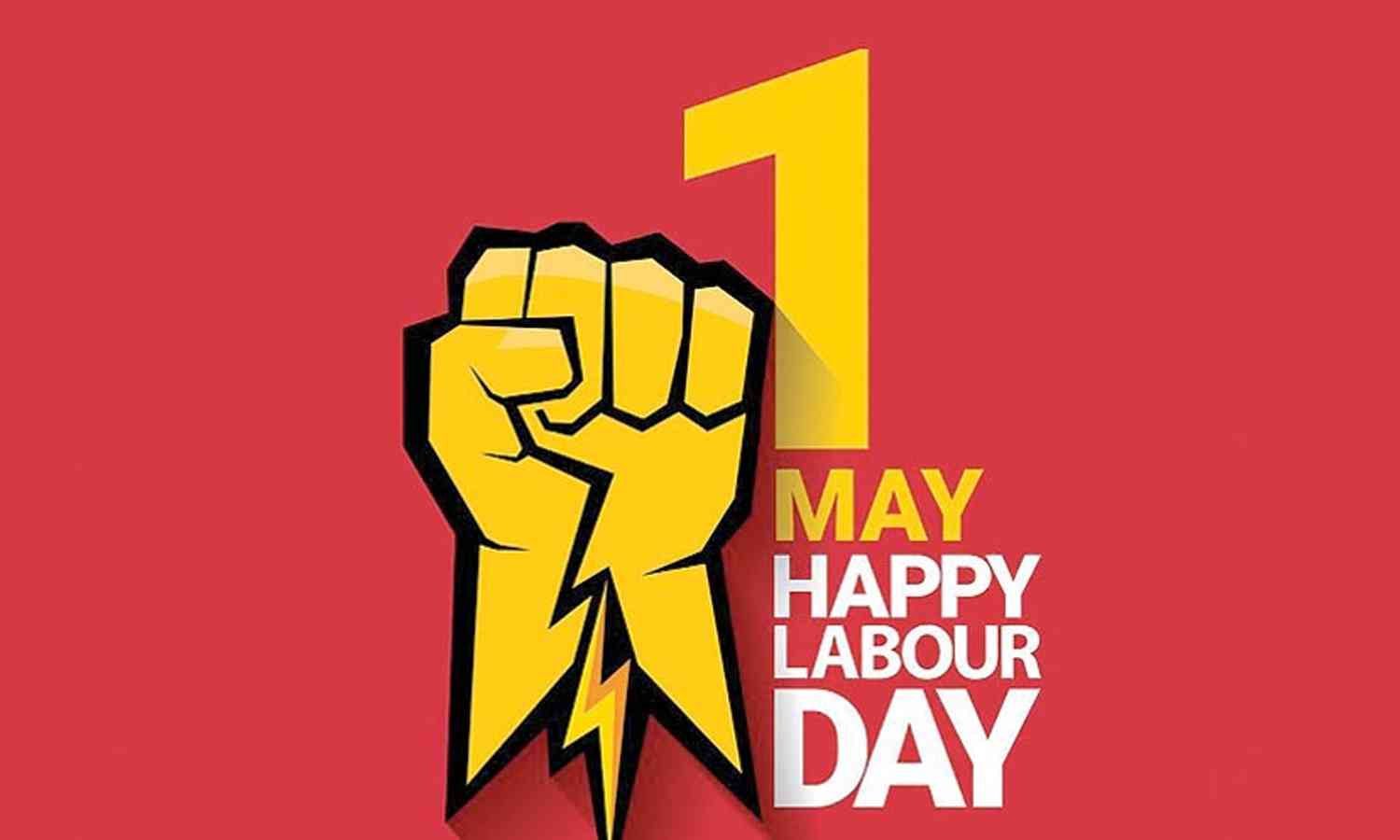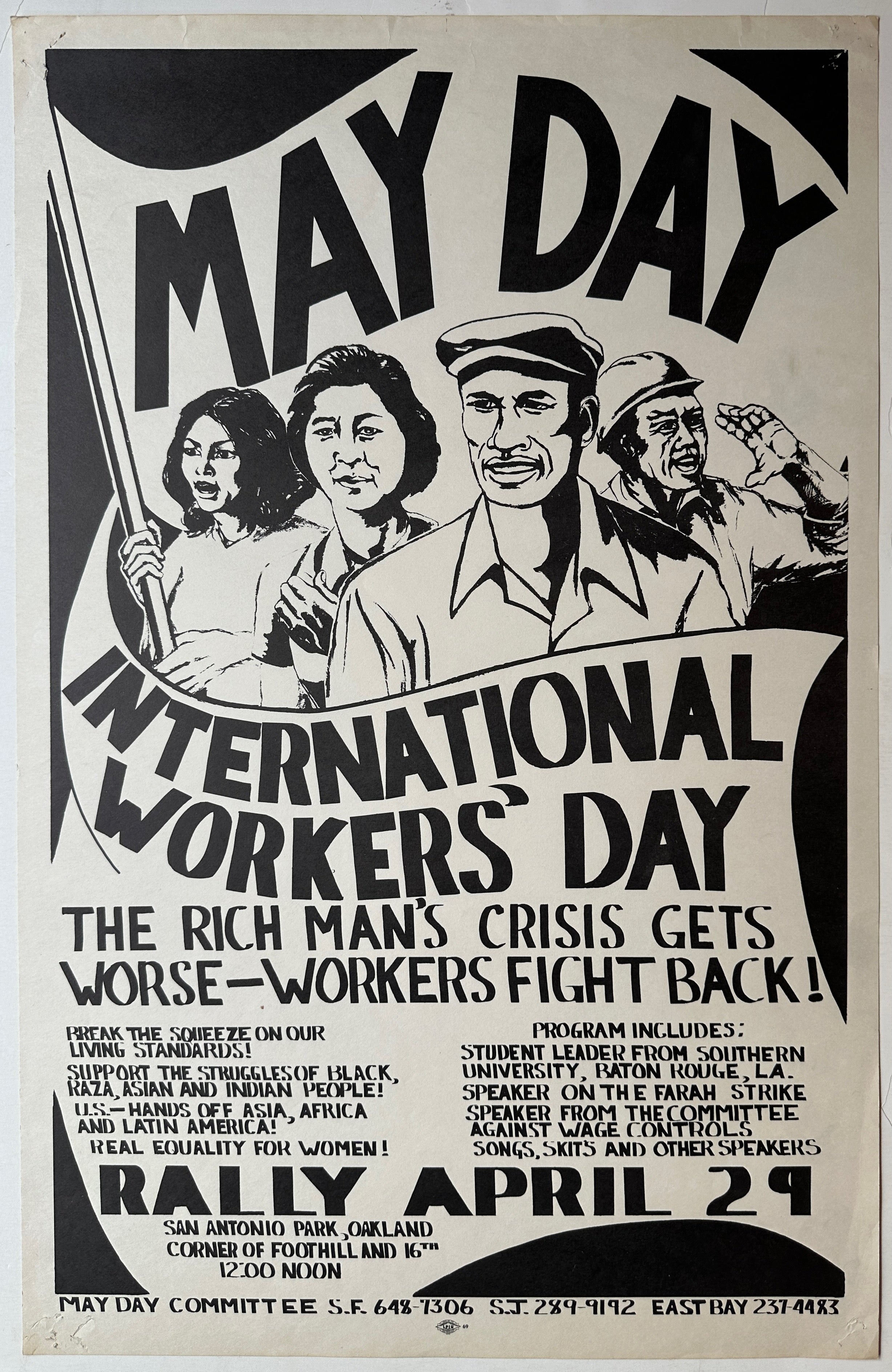Every year on the 1st of May, people around the world mark May Day—a date rich in both celebration and struggle. In many parts of the world, it is simply associated with spring festivals or public holidays. But behind the parades and public rallies lies a powerful history rooted in the fight for workers’ rights and social justice. To understand May Day is to understand the story of working people who dared to demand dignity, fair wages, and humane working hours.
The Origins: More Than Just a Date on the Calendar
The roots of May Day stretch back to the late 19th century, most notably in the United States, where a labour movement was gathering momentum. At that time, industrial capitalism was at its peak—factory workers toiled for 12 to 16 hours a day in dangerous conditions, with little to no regard for safety or well-being. It was against this backdrop that the demand for an eight-hour workday became a rallying cry for change.
The turning point came on 1st May 1886, when hundreds of thousands of American workers went on strike. What followed was a series of events that culminated in the Haymarket affair in Chicago—an initially peaceful protest that turned violent after a bomb was thrown at police. The authorities responded with gunfire, and several people lost their lives. Though the precise identity of the bomber remains unknown, several labour activists were arrested, and some were executed after a controversial trial. The incident became a symbol of the wider struggle against oppression, and in 1889, the International Socialist Congress declared 1st May as International Workers’ Day in honour of those who fought and died for workers’ rights.

May Day Across the World
Though born in the United States, May Day found fertile ground in Europe, Asia, Latin America, and Africa. In countries like the United Kingdom, India, France, and Cuba, it has been observed not only as a celebration of workers’ contributions but also as a platform to voice present-day grievances. Trade unions, socialist parties, and other grassroots organisations have used May Day as a moment to mobilise, educate, and demand systemic reforms.

In India, for example, the first May Day celebration took place in Chennai (then Madras) in 1923, led by the Labour Kisan Party of Hindustan. It marked the beginning of organised labour activism in the country and helped pave the way for many progressive labour laws we often take for granted today. In the UK, May Day has long been a public holiday, blending the political with the cultural. Traditional maypole dances and Morris dancing coexist with workers’ marches and speeches in Hyde Park or Glasgow Green, showing how the old and new can share space on this day of reflection and hope.

The Social Impact: A Legacy That Endures
The significance of May Day cannot be overstated. It has become a symbol of the collective power of ordinary people to influence policy and society. Because of May Day and the struggles it commemorates, many nations now have regulated working hours, child labour laws, maternity benefits, minimum wage standards, and workplace safety regulations.
But May Day is not merely a historical relic. It continues to resonate because the issues it highlights—economic inequality, worker exploitation, job insecurity, and the right to unionise—are still very much alive. In today’s gig economy and amidst rising automation, the voice of the worker must not be drowned out. May Day reminds us that progress is neither inevitable nor automatic; it must be fought for.

Why It Still Matters
Understanding May Day is not just about remembering the past—it’s about recognising how history informs our present. In a time when the rights of workers are once again under threat in many corners of the globe, May Day offers a moment of unity and purpose. It challenges us to ask difficult questions about the kind of economy—and society—we wish to build.
Whether you are attending a rally, reflecting quietly, or simply enjoying a day off, remember this: May Day is about people. It is about solidarity, struggle, and the unyielding belief that a fairer world is possible.
With inputs from agencies
Image Source: Multiple agencies
© Copyright 2025. All Rights Reserved Powered by Vygr Media.


























